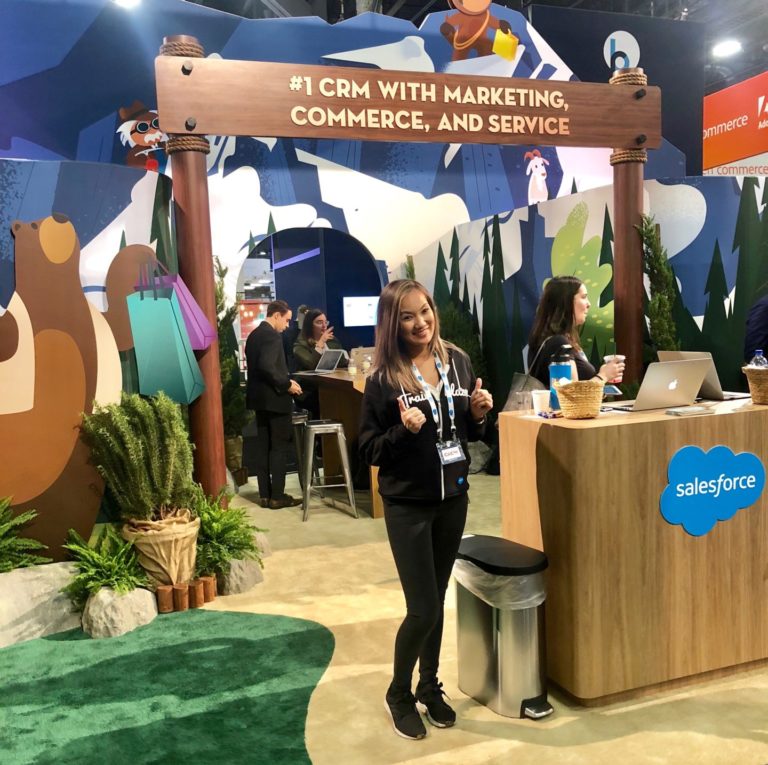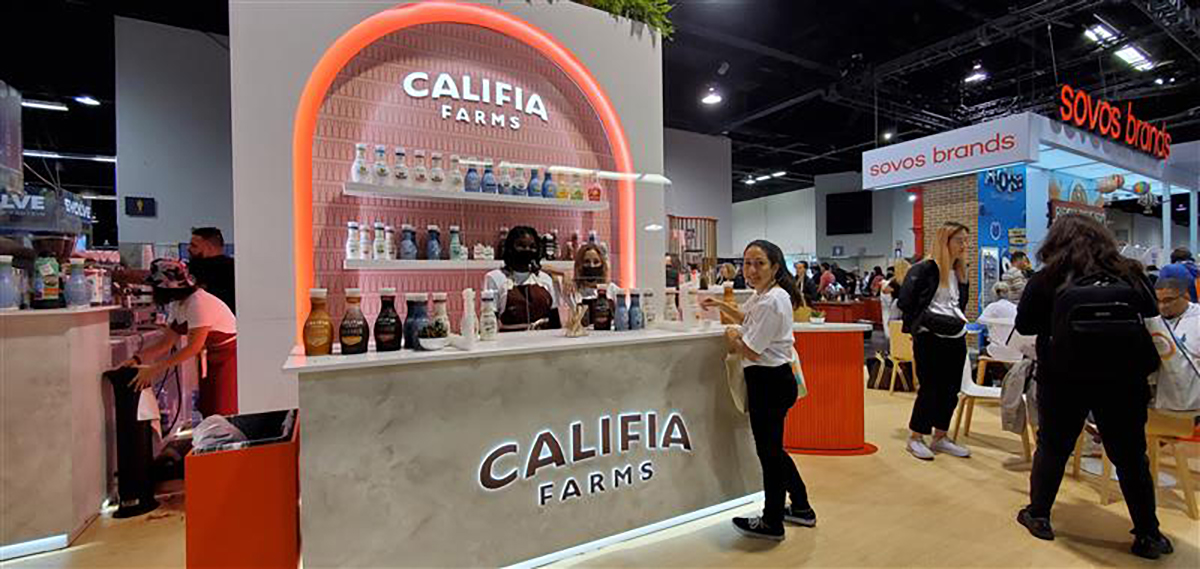07.18.22
By Lisa Major

With trade shows back in business, the competition for attendees’ attention intensifies as companies look to increase lead generation and refill their sales pipelines. That’s a big reason why industry spending projections hit $18.2 billion for 2022.
And while state-of-the-art displays and graphics pique audience attention and interest, your trade show staff does the real work to generate conversations and convert them into qualified leads. This staff training guide gets you started setting your team up for a successful show by helping them stand out in the crowd.

A best practice tip: have a comprehensive training document completed and ready to go before hiring the staff. Then, deliver it as soon as the team is in place. That way, your staff will be better prepared and will have ample time to read through and understand their responsibilities. The contents of these documents, of course, will be specific to your business but, at a minimum, should include these three components.
From there, outlining and describing potential lead opportunities in training documents gives staff tangible examples of what to expect on the trade show floor and how to engage in turn. Once the team digests this information via a written guide, it’s helpful to follow up with a training session, either over the phone or in person. Here you can gauge their understanding and confidence levels. And it will give the team a chance to ask questions, practice scenarios and outcomes, and address any confusion or concerns ahead of the live floor.
In addition to the business indicators mentioned above, focus a section of your training materials on the human component of trade shows — namely, guidance for face-to-face interactions and how to make conversations most productive.
First, training the floor team on open and accessible body language will go a long way in making the entire booth feel approachable. In this case, the first impression of your company is a visible one. Attendees observing how the staff conducts themselves between customer conversations may impact an attendee’s decision to visit the booth.
Guidelines on personal attire and appearance help the group feel comfortable in a new setting. Unless there is a specific uniform or dress code, giving suggestions on what to wear or how to present themselves means they are less likely to stand out for the wrong reasons.
Finally, offer training on conversation strategies and engaging different personalities, which are critical to a successful trade show. Do not assume that event staff automatically knows to ask open-ended questions. Even if it’s just a refresher, introducing these nuanced, interpersonal skills in the training may be the most important thing they take away.
Explain the system for relaying progress, learnings, challenges, and outcomes in your training materials. The communication shouldn’t end when training completes. Instead, the training should encourage feedback and outline the procedures to keep channels open and positive communication going until the event ends.
If the feedback or reporting systems require technology use, the training guide should have clear and direct how-to and troubleshooting guides. Even better, allocate time before the trade show for a training module on the tech. There’s also an opportunity to simulate lead conversions and other outcomes here.
The training process is the opportunity to let the staff you’ve hired know how critical they are to the trade show’s success. They should be treated as such and shown respect and professionalism – because they are professionals! With that in mind, here are a few dos and don’ts for the training process.
Do:
Don’t
ATN Event Staffing delivers top-tier talent to represent your company directly in front of customers and prospects. Our trade show staffing expertise makes the hiring and training process seamless so you can focus on the bigger picture. Our partners look to us for regional and national events, where we’ve provided trade show professionals for nearly two decades. If you need experienced staff for an upcoming trade show, we would love to chat about how we can serve you.